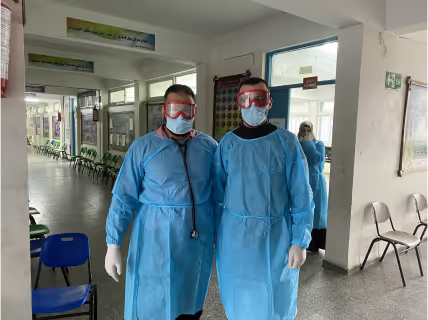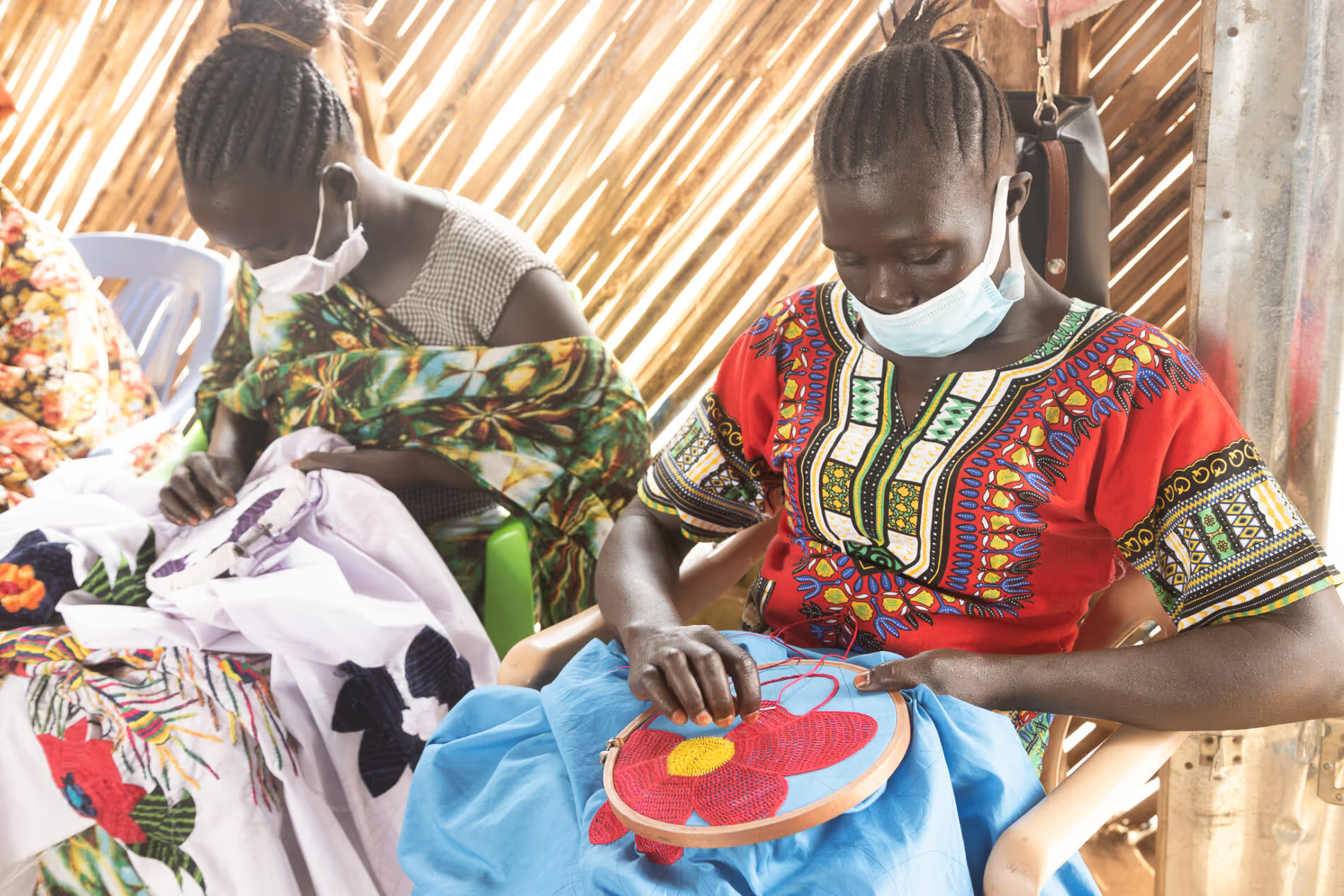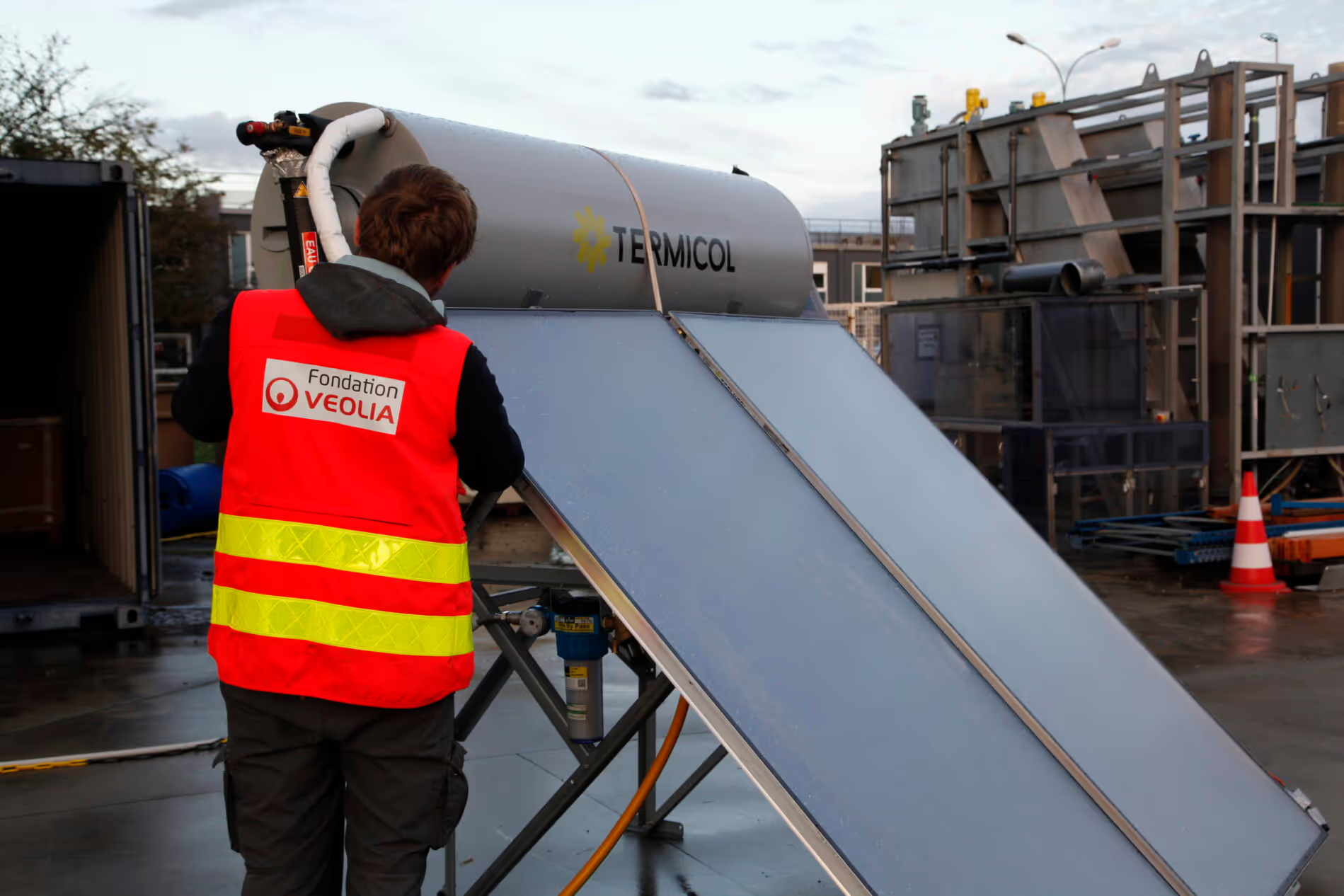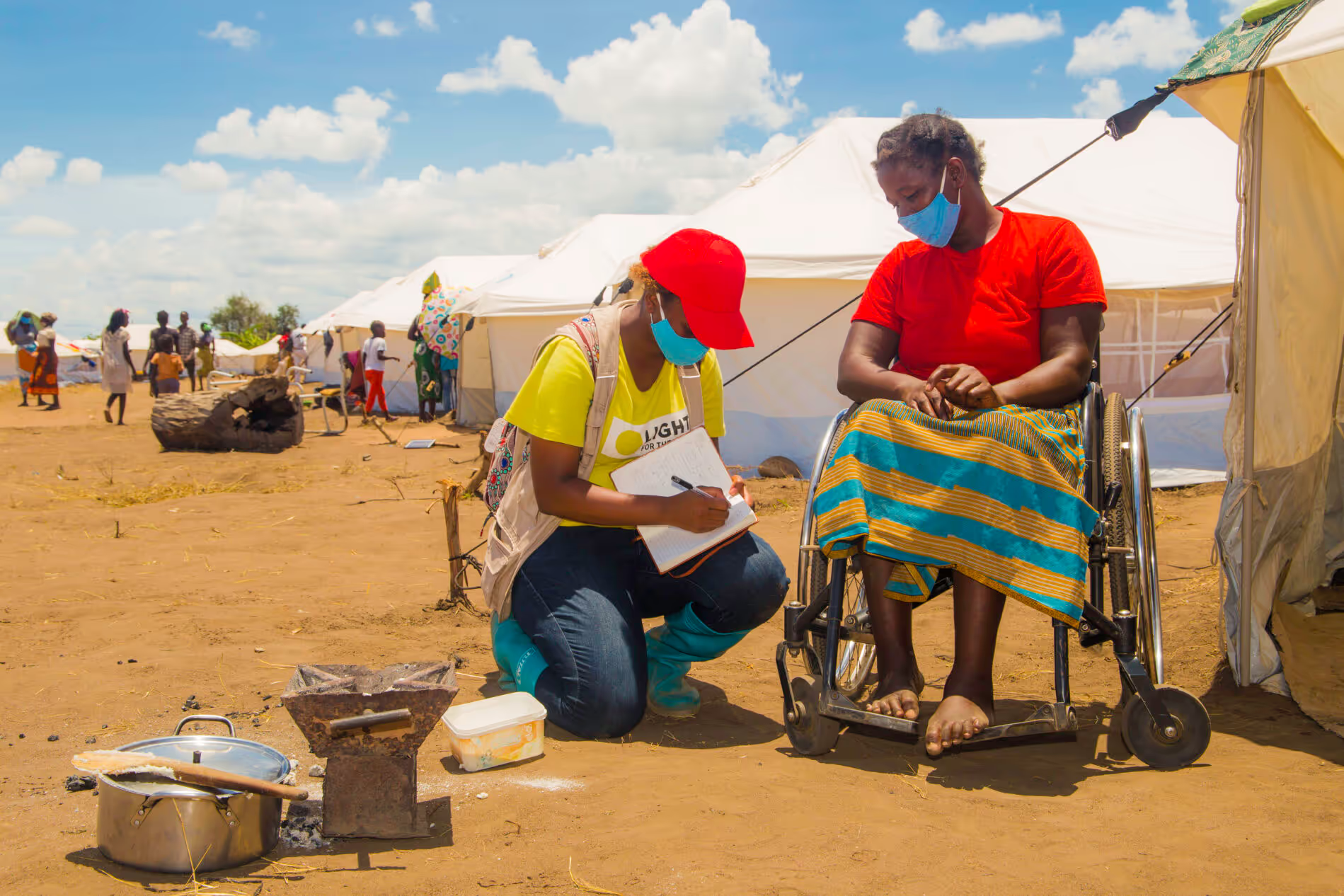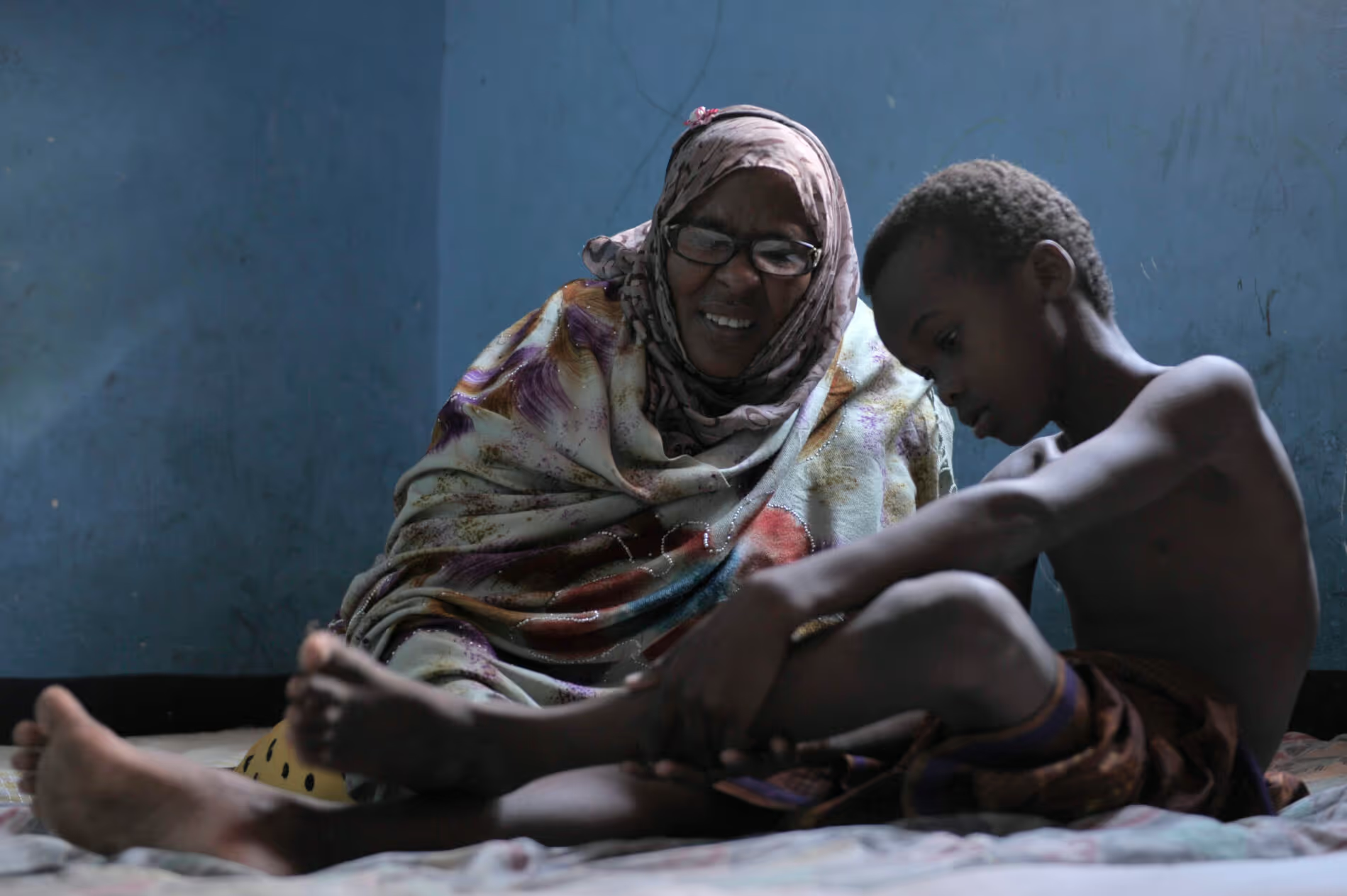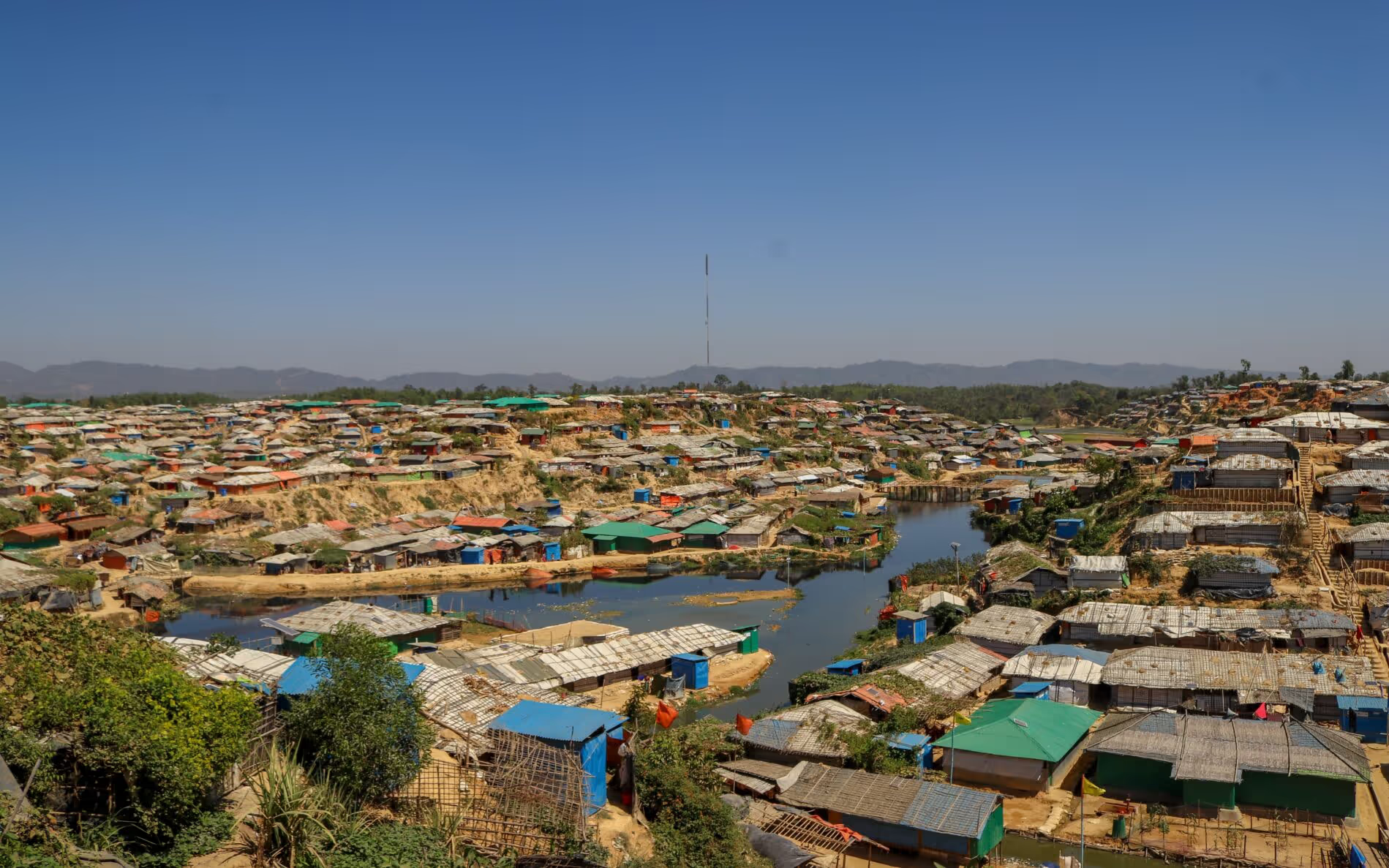Speed Evidence Project

Project overview
A platform that will enable a continuous near real-time feedback loop between affected communities and responders after a disaster, with the aim of increasing the situational awareness of both.
Project solution
This project offers [specific solution or intervention] to tackle [challenge]. By implementing [strategies, tools, or innovations], the project aims to achieve [desired outcomes]. The approach is designed to [specific actions or methods] to bring about meaningful change in [community, region, or issue area].
Expected outcomes
This project aims to achieve [specific outcomes], such as [measurable results, improvements, or changes]. The expected impact includes [benefits to the target community, advancements in research or innovation, or long-term effects]. By the end of the project, we anticipate [specific changes or milestones] that will contribute to [broader goals or objectives].
WHAT IS THE HUMANITARIAN NEED?
Affected communities often find themselves in an information vacuum, where rumour and counter-rumour are all they have to make the life saving and supporting decisions for them and their families.
Incomplete, inaccurate or out-dated data often hinders the ability of aid actors to deliver effective, contextualised responses.
WHAT IS THE INNOVATIVE SOLUTION?
The Speed Evidence Project combines existing technologies to create an open source platform that collects information from various sources (staff, communities, social media), validates and analyses the information, and then allows aid workers to visualise this information in multiple ways to enable delivery of more effective, contextualised responses and for disaster affected communities to be part of a robust two-way communication system from the immediate aftermath of a disaster.
Added Value:
This project will create a platform that will enable frontline responders as well as key decision-makers based remotely to have immediate access to a situation analysis and other evidence to facilitate formulation of response strategies, design relevant programming and engage meaningfully with stakeholders.
WHAT ARE THE EXPECTED OUTCOMES?
A functional prototype platform integrating the 3 key technologies (Ushahidi, FrontlineSMS, FieldTask) created and deployed successfully in 2 trials/simulations
- Improve two-way communication by providing the best possible relevant information to disaster-affected communities using the most appropriate media and channels for their context
- Enhance the services and support available to disaster affected communities through enabling evidence based decision making and targeting, through empowering the communities by informing them of these services, and most importantly, enabling communities to have a say in the quality and coverage of the services provided.
Project delivery & updates
Stay up to date with the latest developments from this project. Here, you will find details on what has been delivered, resources created, and regular updates as the project progresses. Access key documents, reports, and other materials to see how the project is making an impact.


